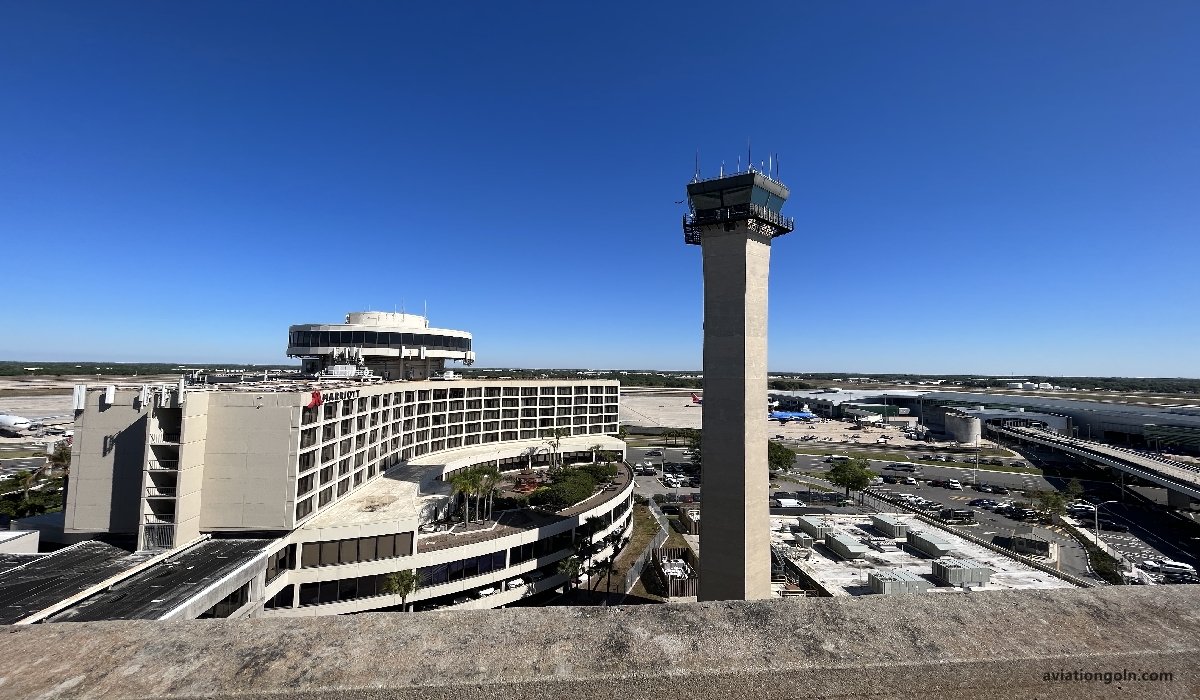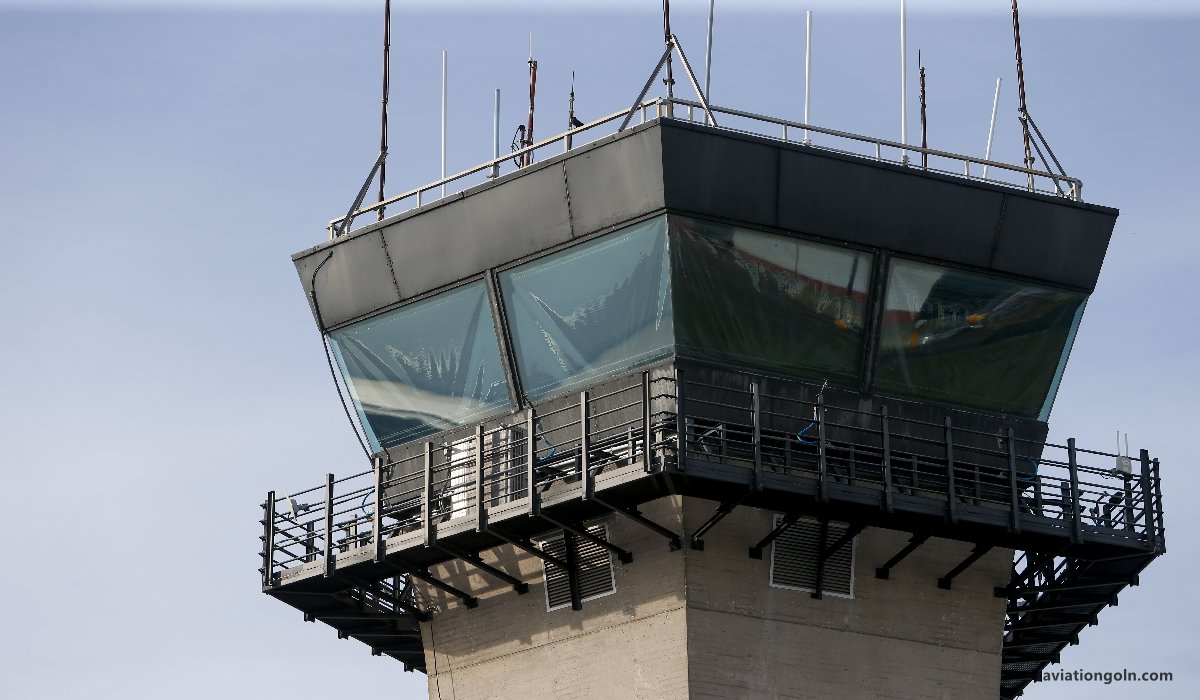Airport Control Tower (ACT): One of the most recognizable and essential elements of any airport landscape is the Airport Control Tower (ACT). Rising above the intricate web of runways, taxiways, and terminals, the ACT stands as an iconic symbol of aviation authority.
It represents an organized hub of flight operations that, for many passengers and aviation enthusiasts, brings to mind an image of frenzied activity set amidst a serene, towering structure. However, understanding the true significance of the ACT involves delving much deeper into its functions, operations, and the professionals who ensure its smooth operation.
Airport Control Tower (ACT)

The Purpose of the Airport Control Tower
At the most basic level, the ACT is responsible for safe, orderly, and expedient flow of air traffic in and around an airport. With modern aviation seeing thousands of flights daily, maintaining safe, efficient, and timely operations is a significant task.
The ACT handles air traffic on the ground – at an airport’s taxiways and runways – and in the air within a certain radius of the airport, typically a few miles. More specifically, Air Traffic Controllers (ATC) stationed within the ACT direct aircraft during takeoff and landing, guide them while taxiing, and manage aircraft flow in the immediate airspace around the airport. This role includes coordinating with other ACTs and Air Route Traffic Control Centers (ARTCCs) that manage higher altitude and en-route traffic.

Inside the Airport Control Tower
Step inside an ACT, and you’ll find yourself within a hive of technical innovation and human expertise. The ground floor usually houses vital infrastructure such as power backups, telecommunication systems, and other equipment. Higher floors may contain administrative offices, training rooms, and briefing areas.
The most crucial area, the operational nerve center of the ACT, is the cab or the tower cab. This topmost floor, enclosed mostly by large, panoramic windows, offers controllers an unobstructed view of the airport’s runways, taxiways, aprons, and terminals. Here, Air Traffic Controllers, each with a specific role, coordinate to manage the complex ballet of arriving and departing aircraft.

Roles Within the Airport Control Tower
Inside the tower cab, each controller plays a distinct part in maintaining safe airport operations.
- Local or Tower Controller: This controller manages the active runways. Their primary responsibility includes issuing landing and takeoff clearances to aircraft and ensuring that the runways are free of obstructions.
- Ground Controller: They oversee taxiing aircraft and vehicular movements on taxiways and aprons. They work closely with the local controller to ensure aircraft reach their assigned runways safely and efficiently.
- Clearance Delivery Controller: Before an aircraft taxis, the clearance delivery controller provides the flight crew with their initial route clearance, which includes details of the path the aircraft will follow after departure.
- Flight Data/Cab Coordinator: This controller manages the flow of flight plan data, coordinates with other air traffic control facilities, and assists other controllers in the cab as needed.
- Supervisor or Watch Desk: The supervisor monitors all activity, ensuring that procedures are followed correctly, and provides additional support during complex or high-pressure situations.

Technological Tools of the Trade
The ACT is equipped with an array of sophisticated technology designed to help controllers monitor and manage air traffic. Alongside their direct view of the airport, controllers rely on radar displays to track aircraft in the airport’s airspace. Digital data blocks displayed on the radar provide information about each aircraft, such as its identification, speed, altitude, and position.

Radio communication is the primary method for controllers to instruct pilots. Each controller works on a specific frequency based on their role (e.g., ground control, tower control). They use a highly structured and standardized language to minimize misunderstanding.
Furthermore, advanced systems like the Automated Weather Observing System (AWOS) provide real-time weather data, which is crucial for flight operations. The Surface Movement Radar (SMR) helps monitor ground traffic, particularly useful in low visibility conditions.

Challenges and Stress Management
Working in an ACT is a high-stress job. Controllers must make quick, accurate decisions, often under immense pressure. High traffic volumes, adverse weather, and emergency situations can compound this stress.
To manage this, controllers work in shifts, with mandatory break periods to avoid fatigue. Training programs often include stress management techniques, and there’s a strong emphasis on teamwork and mutual support within the tower.

Training and Qualifications
Becoming an Air Traffic Controller requires rigorous training. In the U.S., for example, aspiring controllers must first complete a Federal Aviation Administration (FAA) approved education program. They then attend the FAA Academy, where they receive specialized training before their assignment to an ACT for on-the-job training.
Controllers must have excellent spatial awareness, problem-solving skills, concentration, and the ability to make quick decisions. Proficiency in English—the international language of aviation—is also a must.

The Airport Control Tower, often viewed as a symbolic silhouette against the backdrop of a busy airport, serves as the vital nerve center for complex aviation operations. The professionals within, armed with advanced technology, work tirelessly to ensure that the intricate dance of aircraft at the airport is performed safely and efficiently. Their work, often unnoticed by passengers, is indispensable in the orchestration of global aviation connectivity.
See more:
